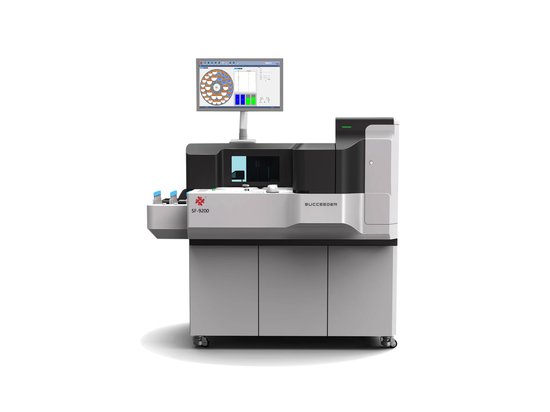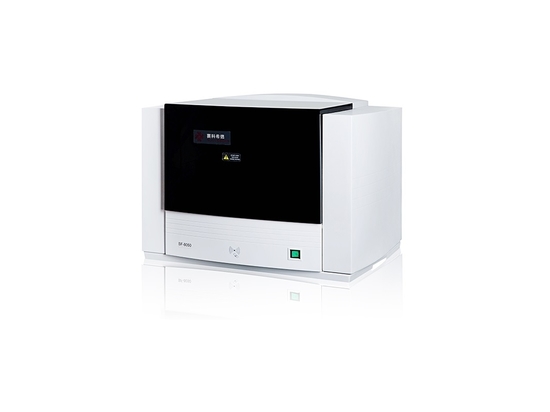
#Industry News
Does high INR mean bleeding or clotting?
coagulation,thrombosis
INR is often used to measure the effect of oral anticoagulants in thromboembolic disease. Prolonged INR is seen in oral anticoagulants, DIC, vitamin K deficiency, hyperfibrinolysis and so on. A shortened INR is often seen in hypercoagulable states and thrombotic disorders. INR, also known as International Normalized Ratio, is one of the coagulation function testing items. INR is based on the PT reagent to calibrate the International Sensitivity Index and calculate the result through related formulas. If the INR is very high, there is a risk of uncontrolled bleeding. INR can effectively monitor and use the effect of anticoagulant drugs. Generally, the anticoagulant drug warfarin is used, and INR needs to be monitored all the time. You should know that if warfarin is used, INR must be monitored regularly. Patients with venous thrombosis must take warfarin orally, and the INR value should generally be kept at 2.0-2.5. For patients with atrial fibrillation, the inr value of oral warfarin is generally maintained between 2.0-3.0. INR values above 4.0 may cause uncontrolled bleeding, while INR values below 2.0 do not provide effective anticoagulation.






